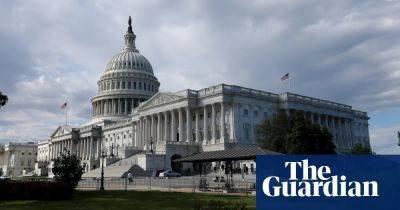America’s big shift to green energy has a woolly mammoth problem
America’s renewable energy drive needs more than a million miles of new transition lines but emerging resistance includes opponents worried about building them in one of the country’s richest areas of ice-age fossils.
The Greenlink West project would build a 470-mile-long transmission line bringing clean electricity north to Reno in Nevada, but it cuts through an area containing everything from woolly mammoth tusks to giant sloths to ancient camels.
The pushback has highlighted a major, and growing, challenge to Joe Biden’s attempts to expand clean energy in order to tackle the climate crisis – how to quickly build vast new networks of electricity transmission across America without falling afoul of local communities and green groups.
If the US is to eliminate planet-heating emissions by 2050 it will need to increase the capacity of its current 700,000 circuit-mile network of poles and wires by threefold, researchers have estimated, in order to electrify key components of everyday life and shift intermittent wind and solar energy to areas where the sun isn’t shining or wind isn’t blowing.
The nascent stages of this gargantuan effort, the scale of which hasn’t been seen since the US built out its highway system in the 1950s, is already facing opposition from various conservation groups, locals and fossil fuel interests from New England to the Arizona desert.
“Transmission is contentious because it’s long, it’s linear, so it affects a lot of people,” said Jessica Wilkinson, North America renewable energy team lead at the Nature Conservancy. “We are seeing local concerns being raised and they are growing as these projects increase in size. It’s all new to people.”
Suddenly, as lawmakers jostle over ways to speed up new projects,
Read more on theguardian.com

 theguardian.com
theguardian.com




















